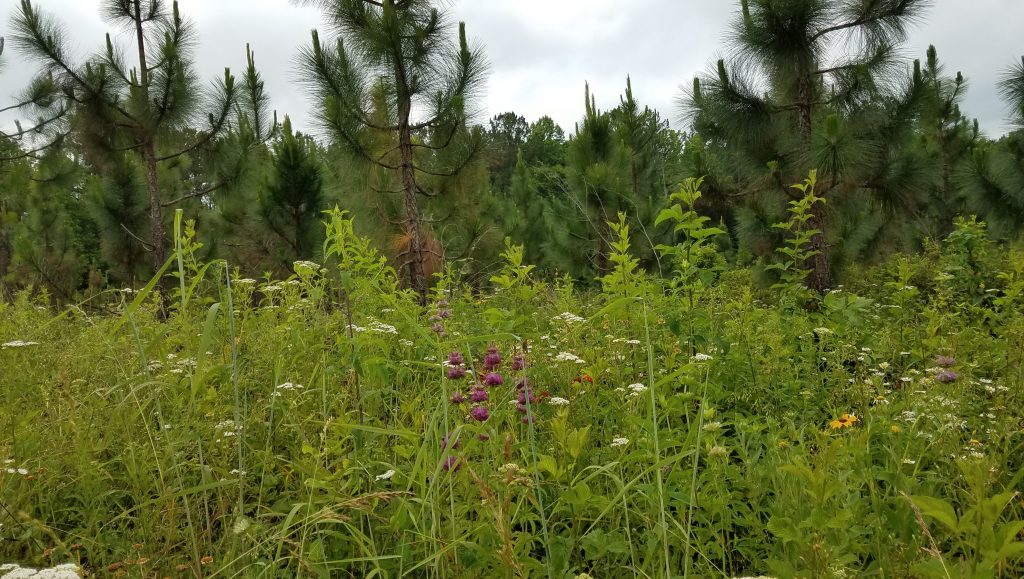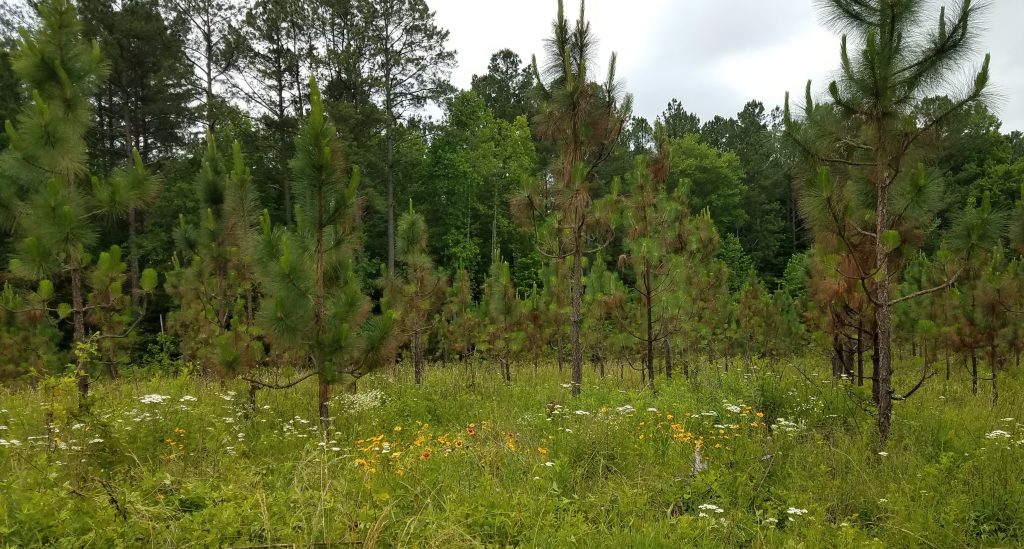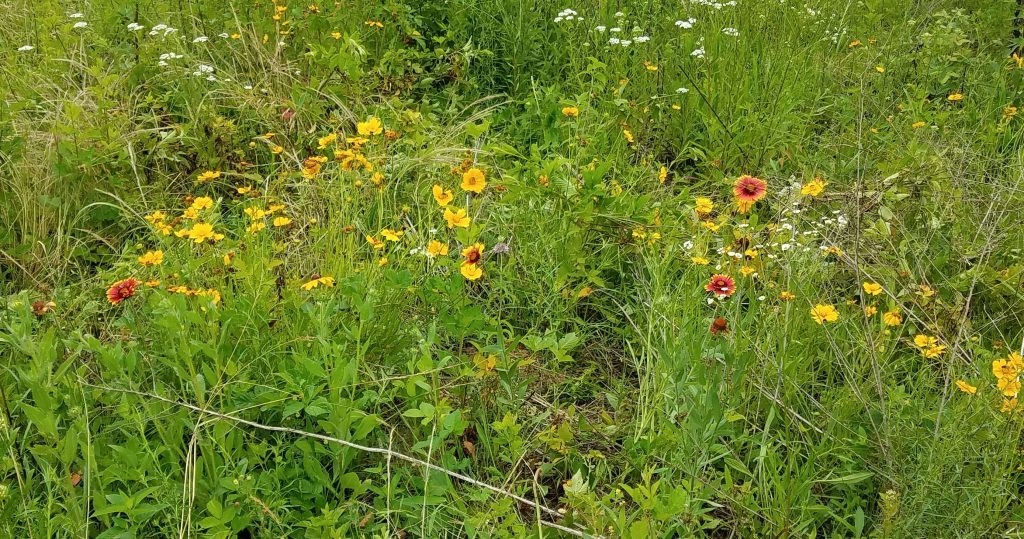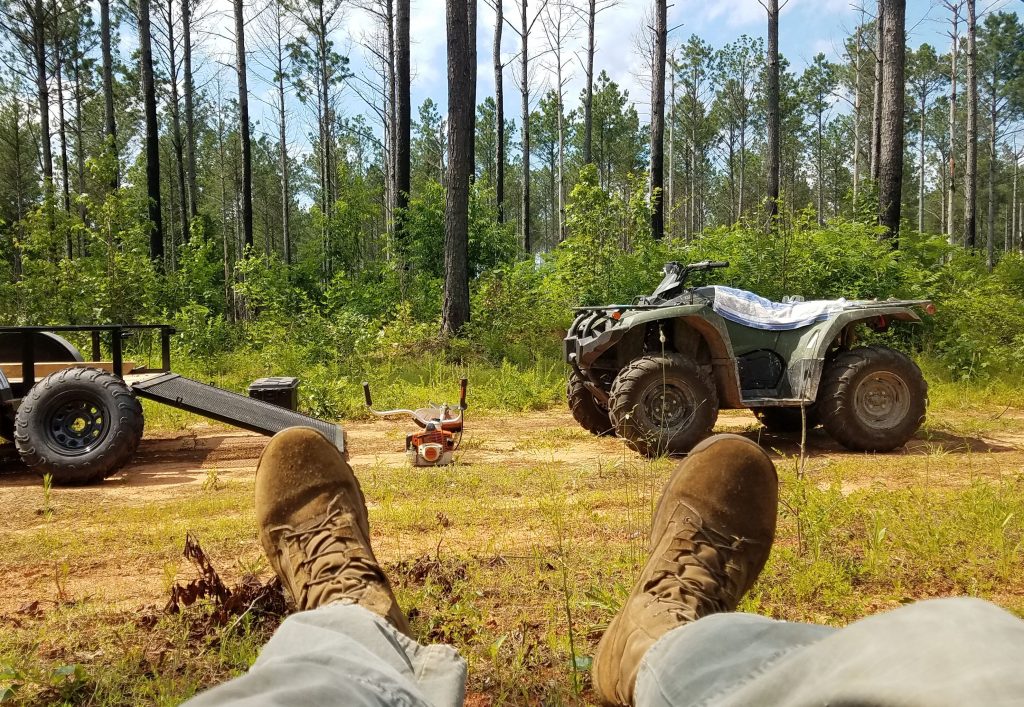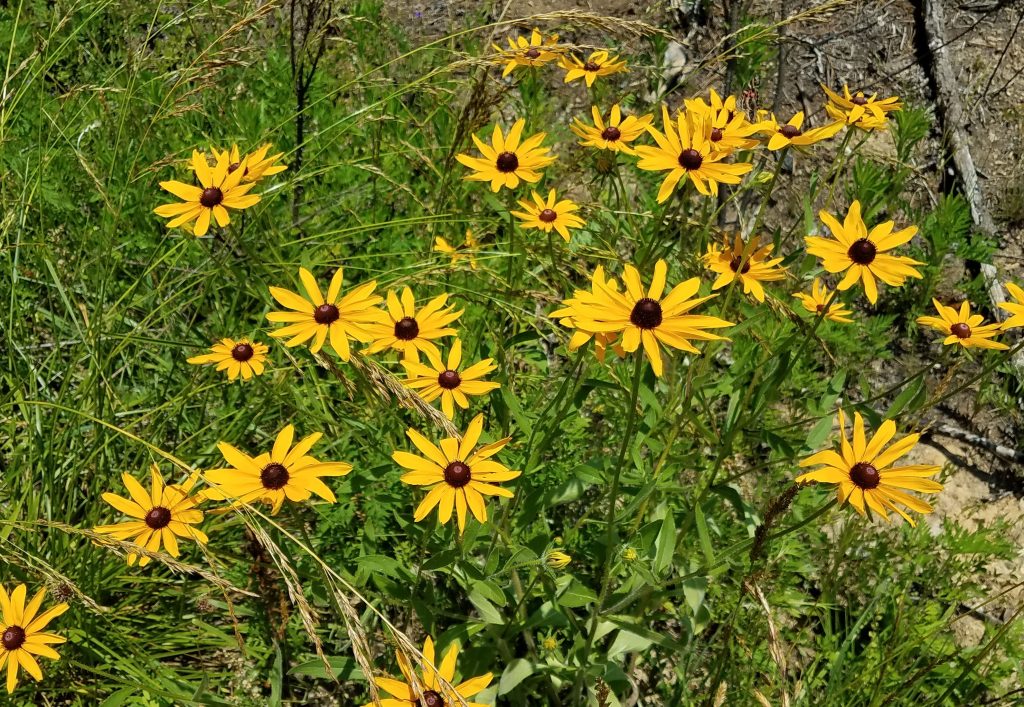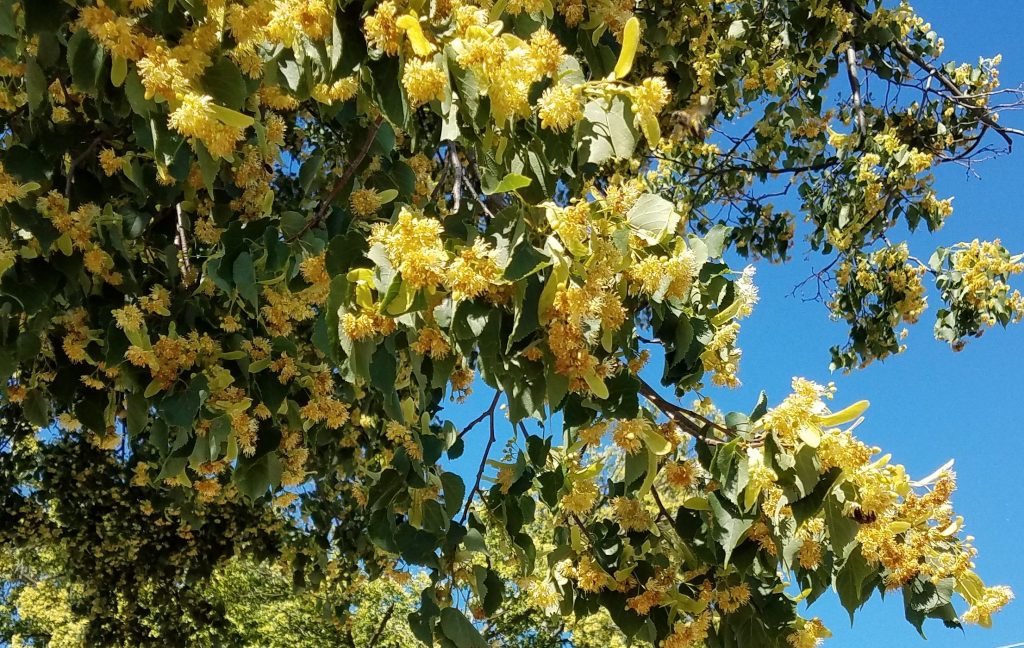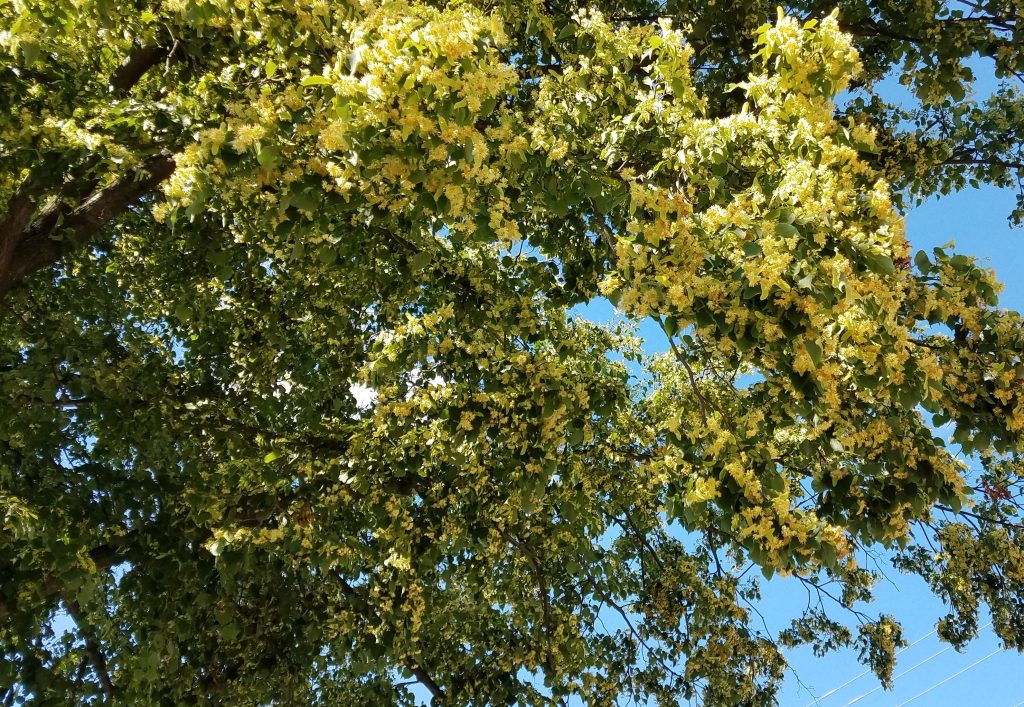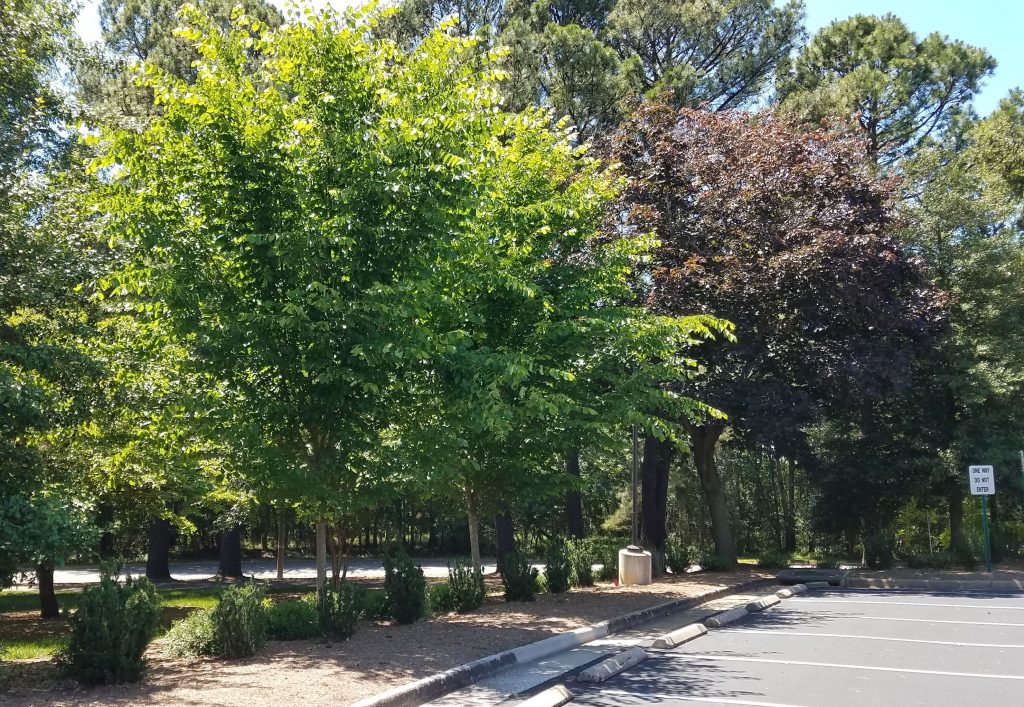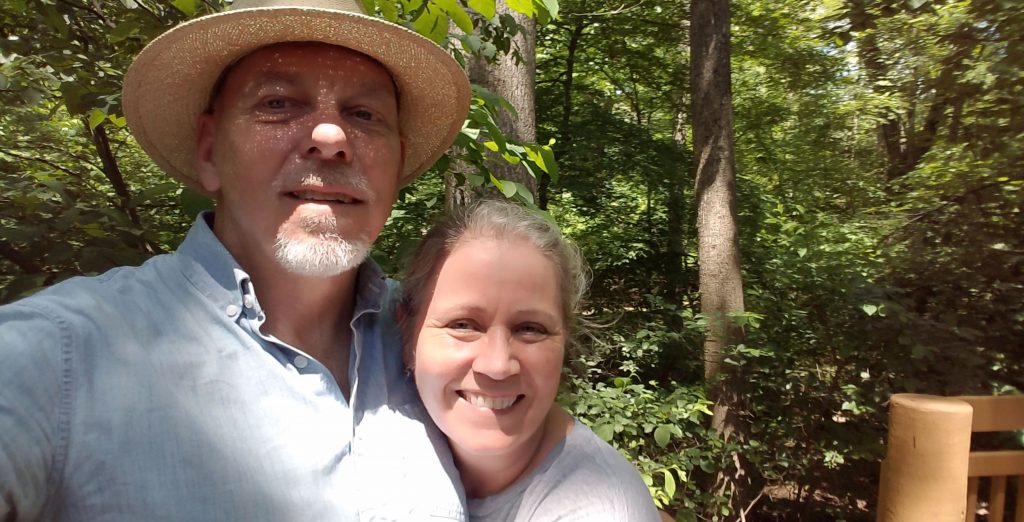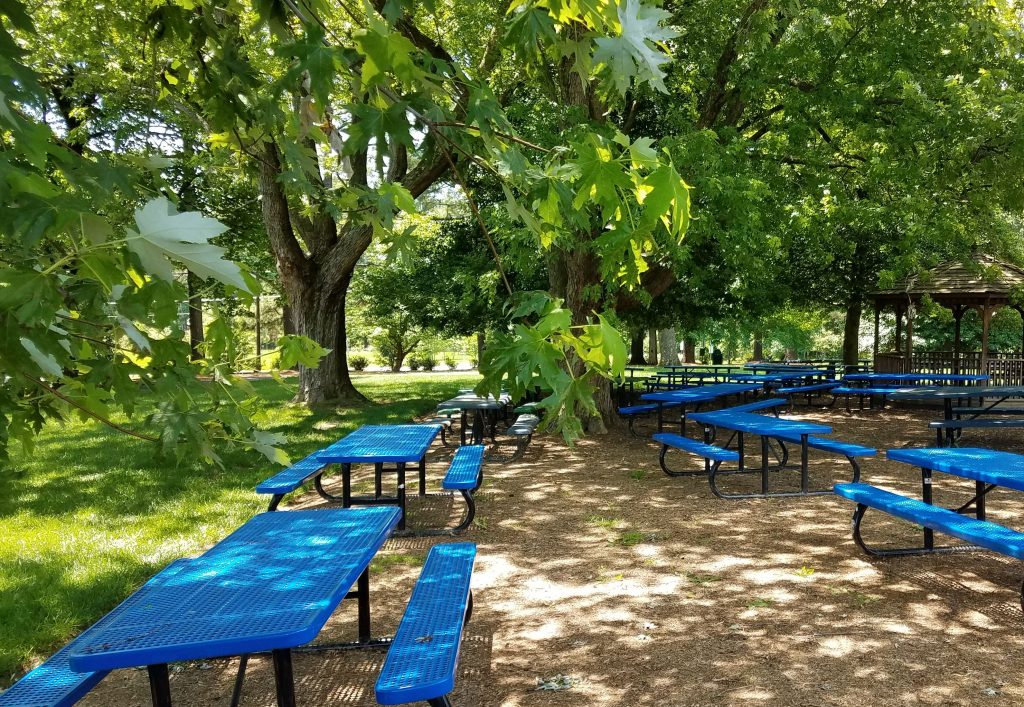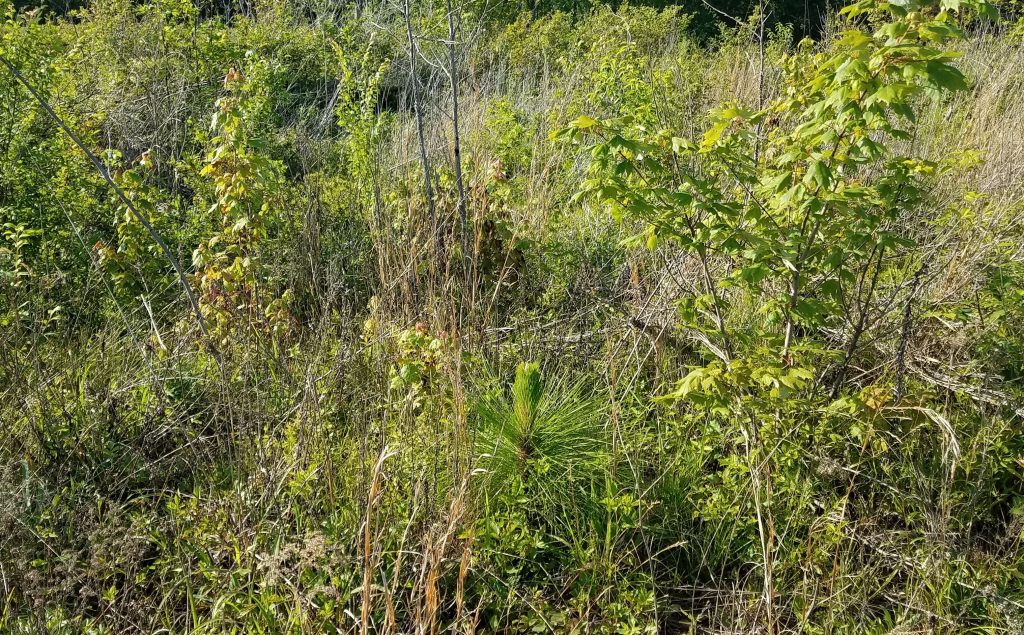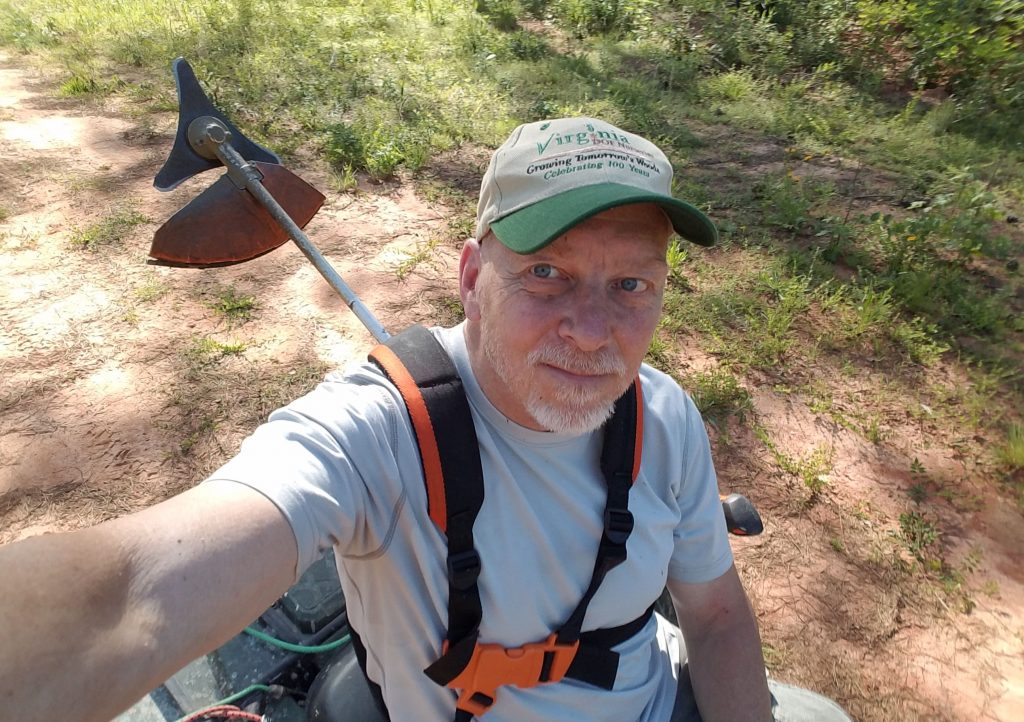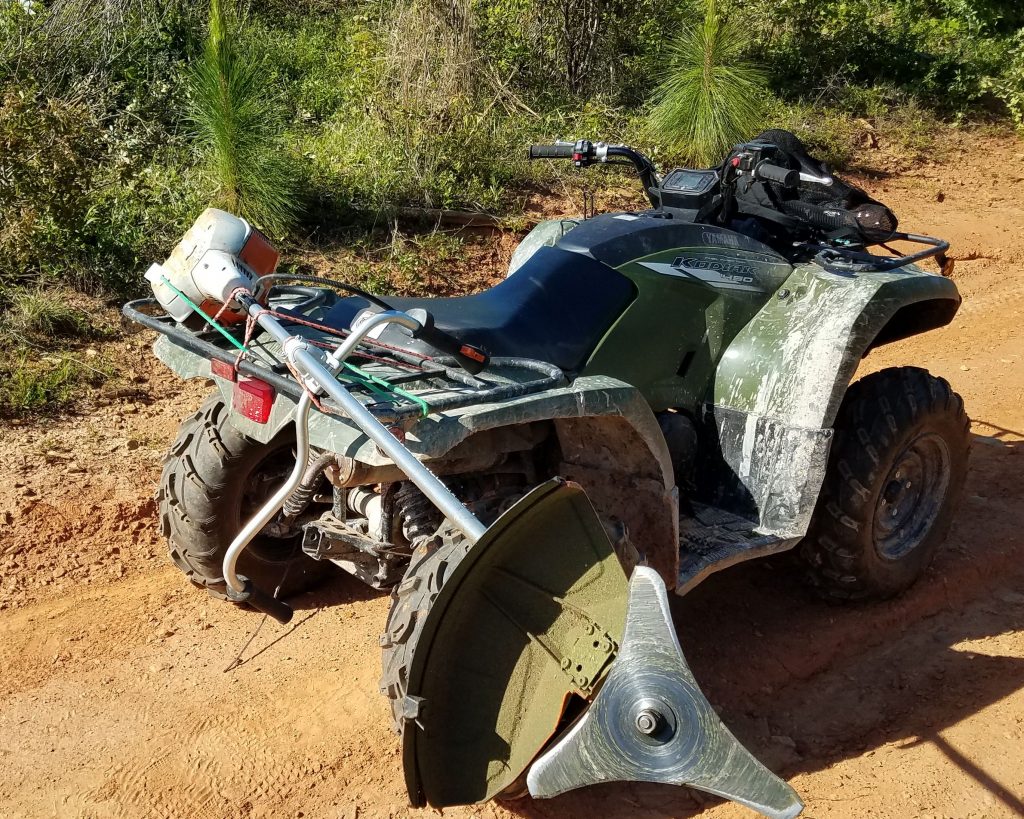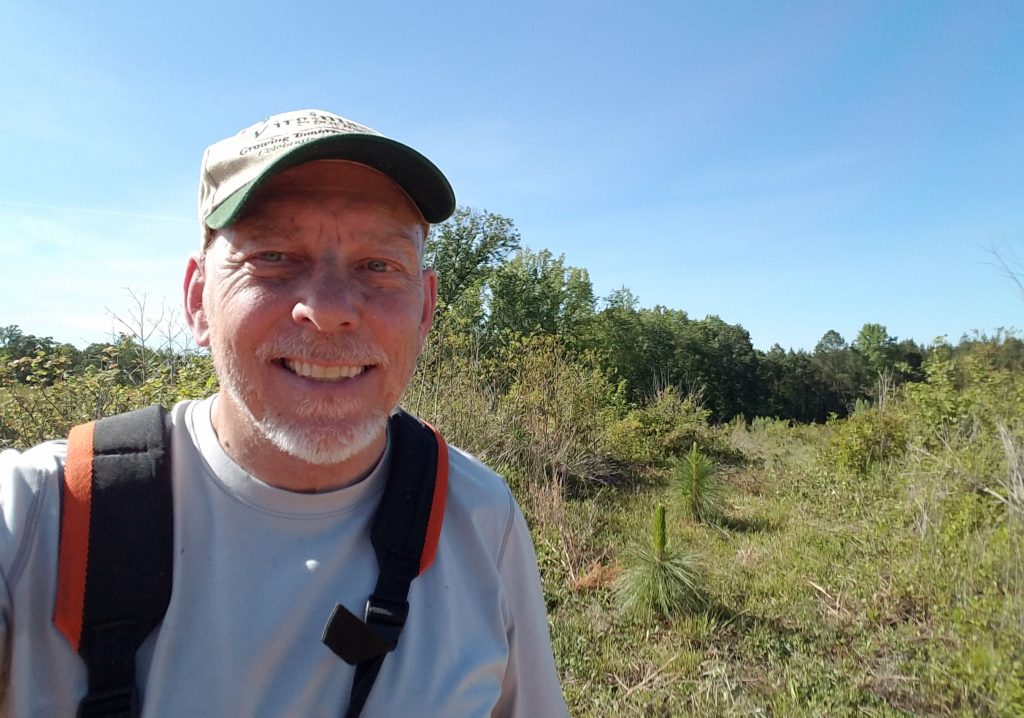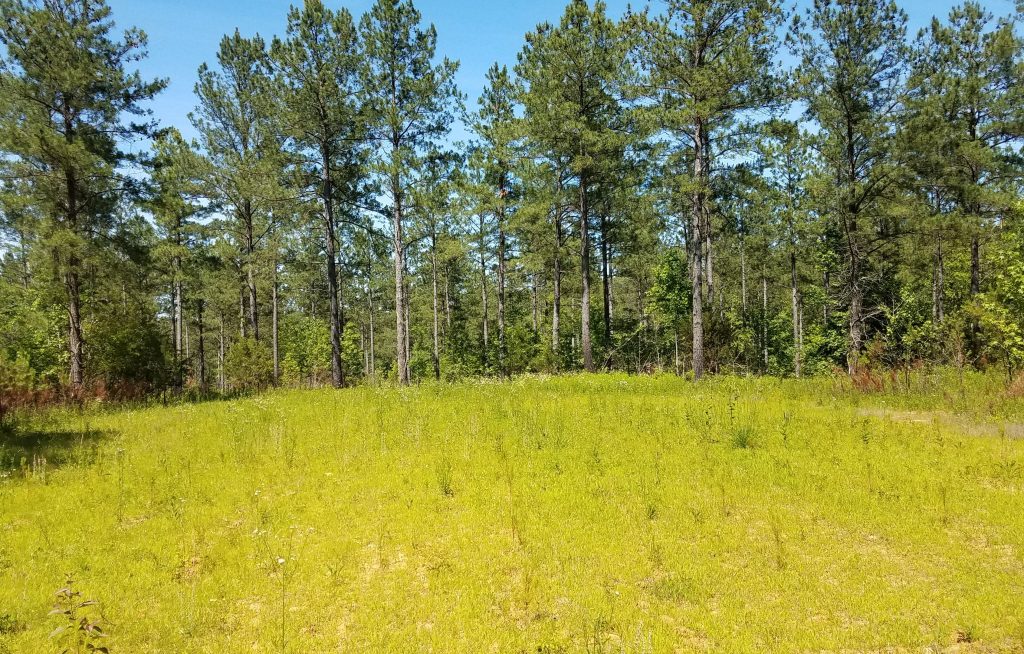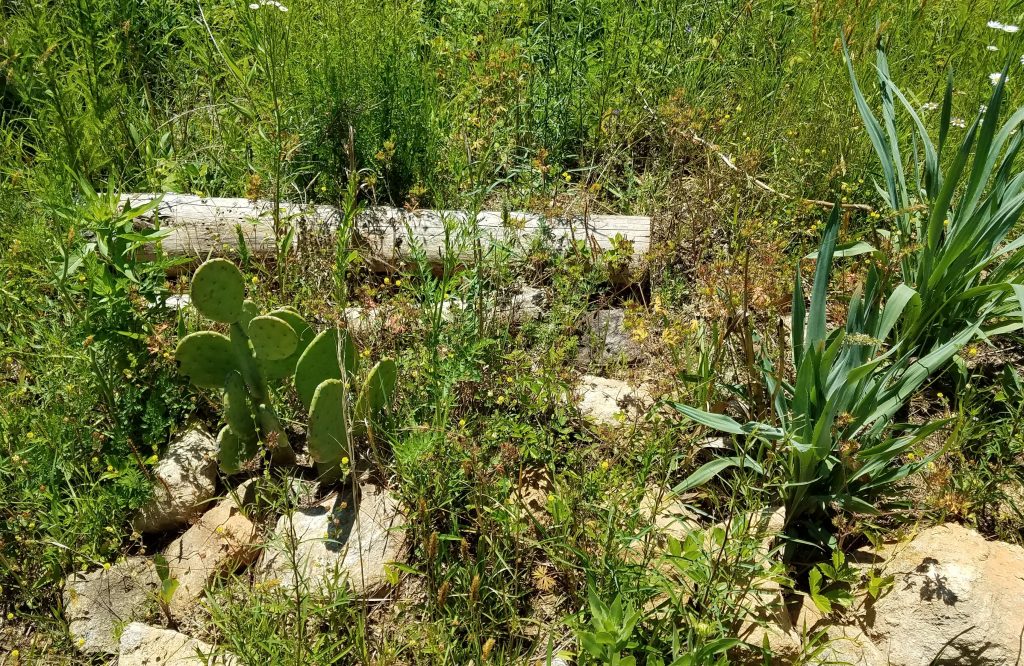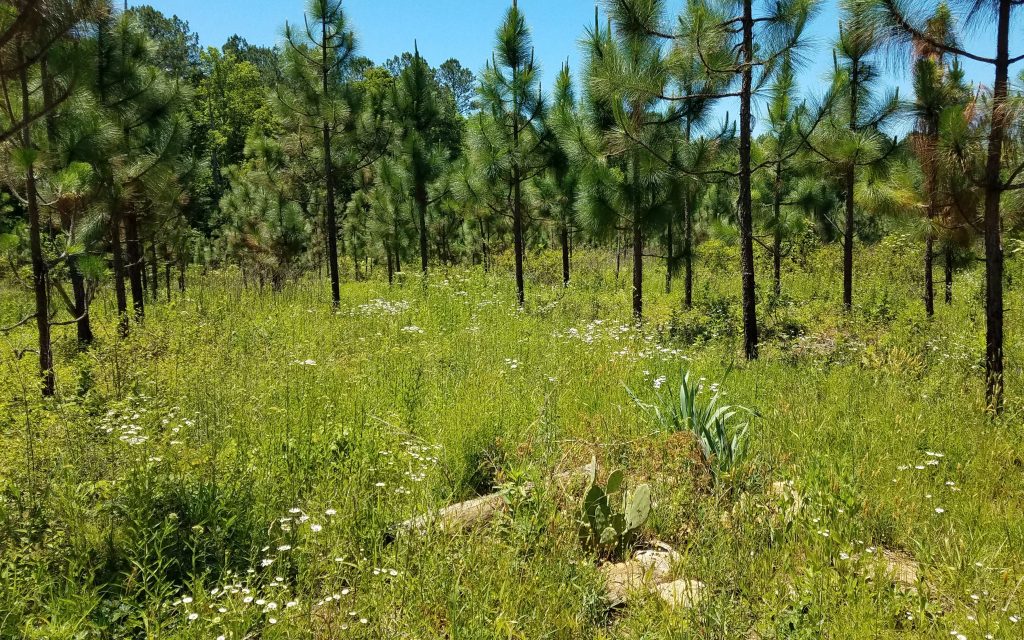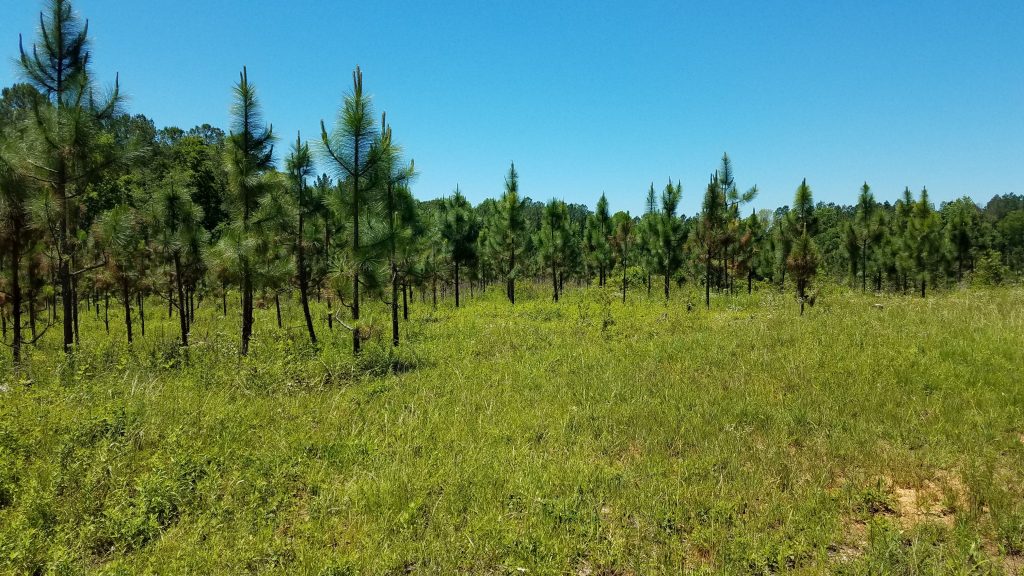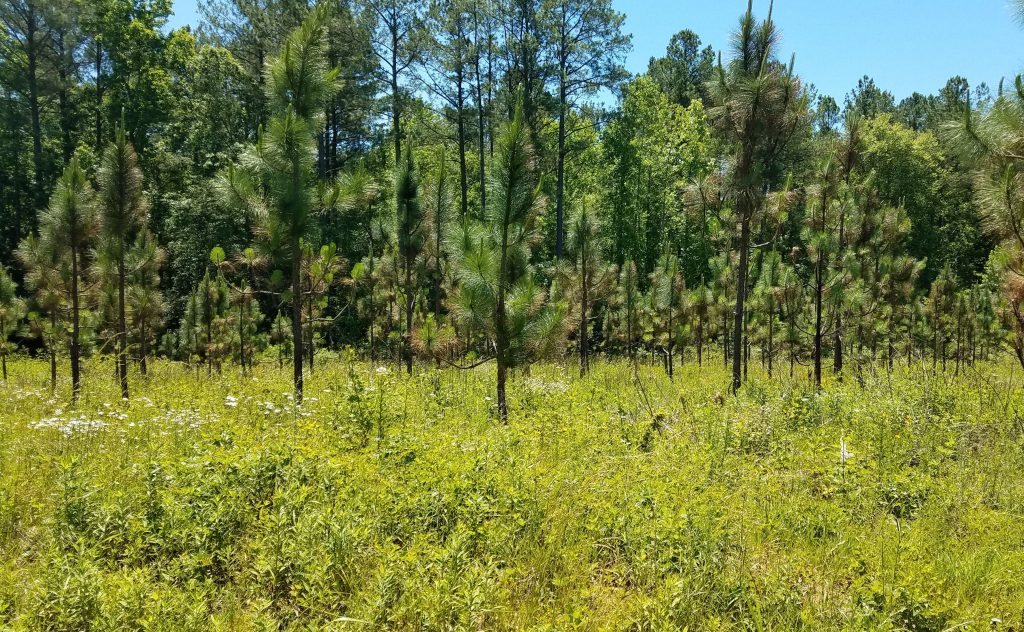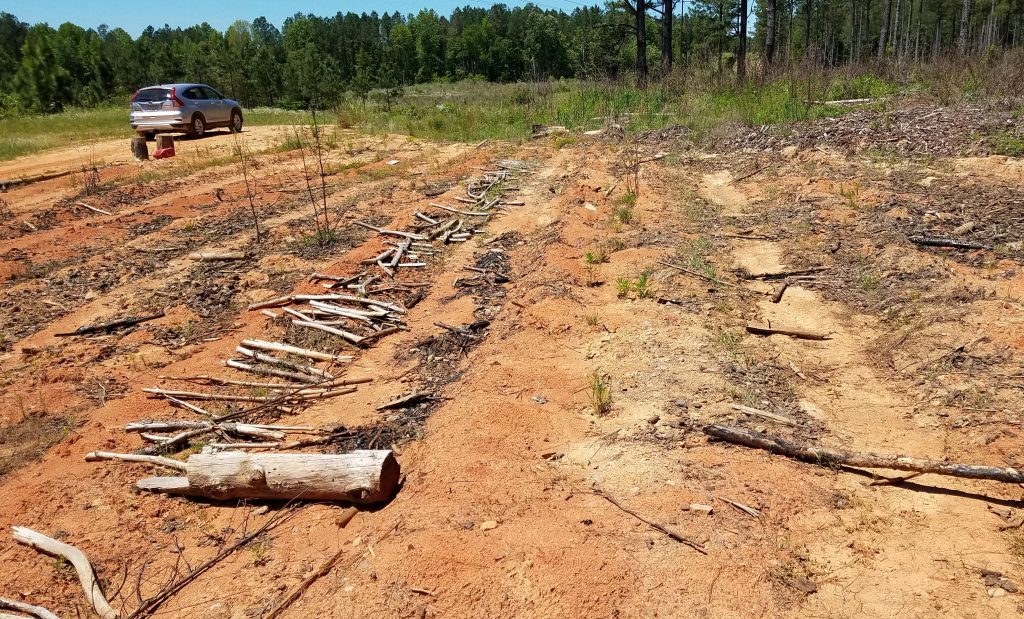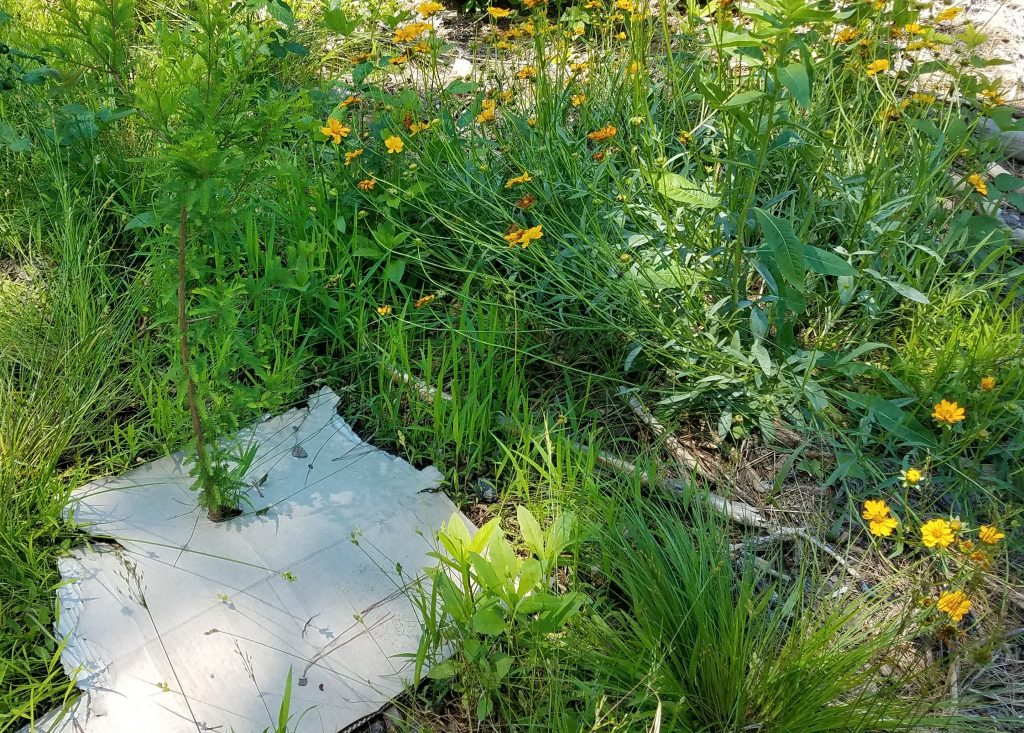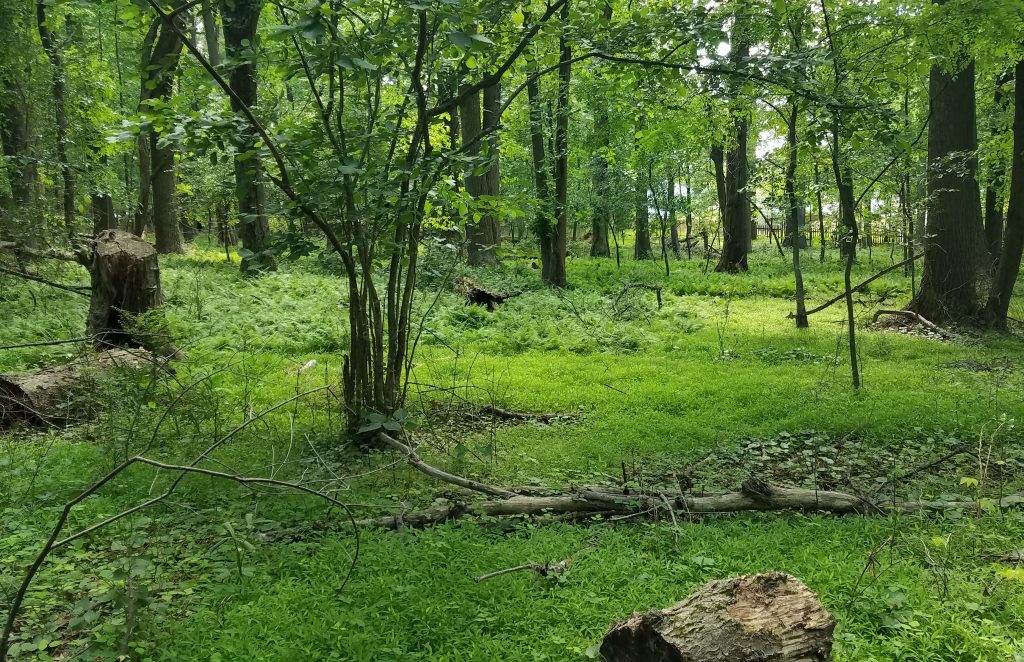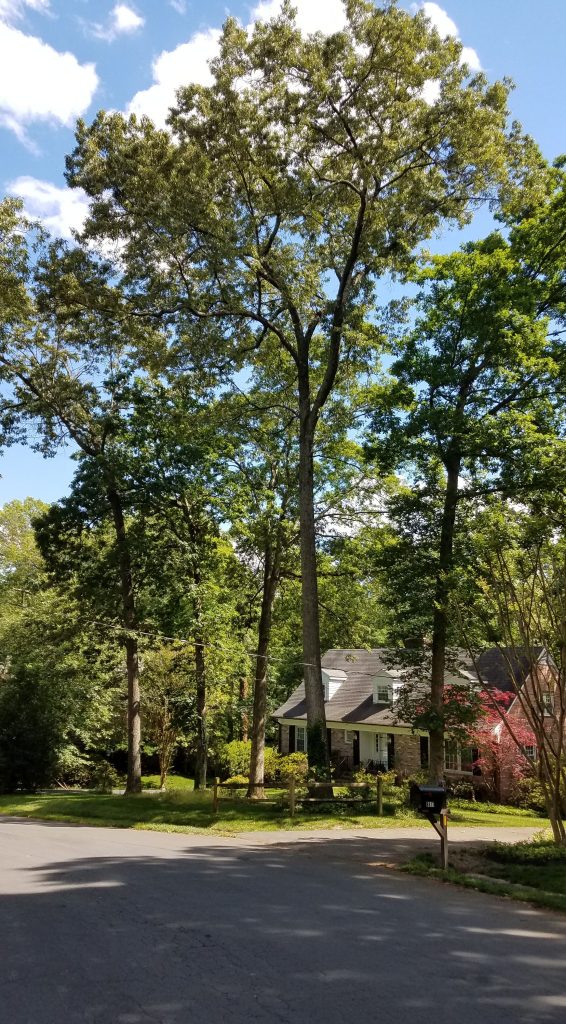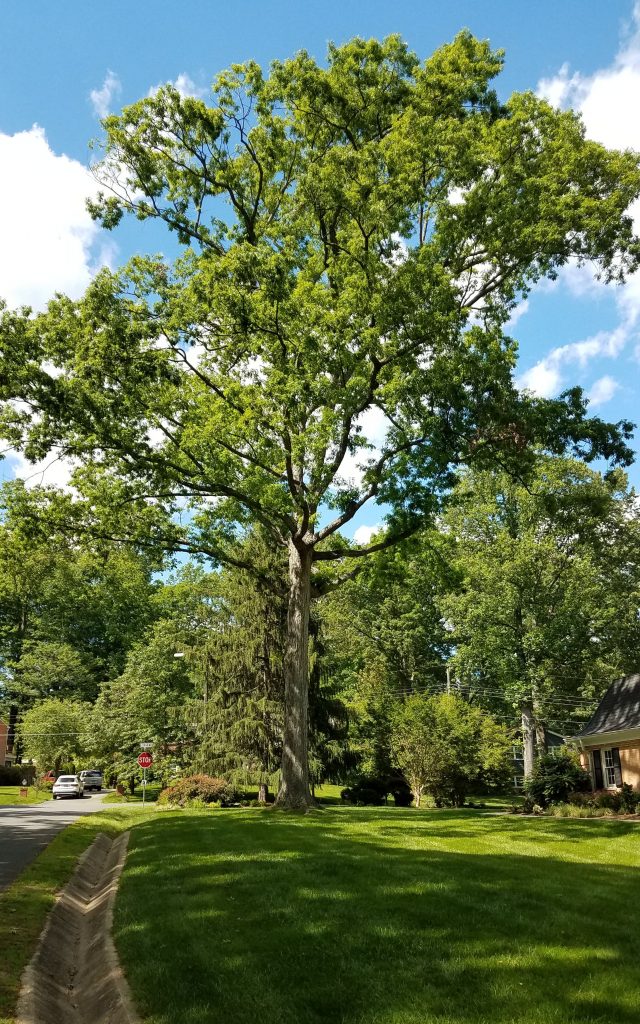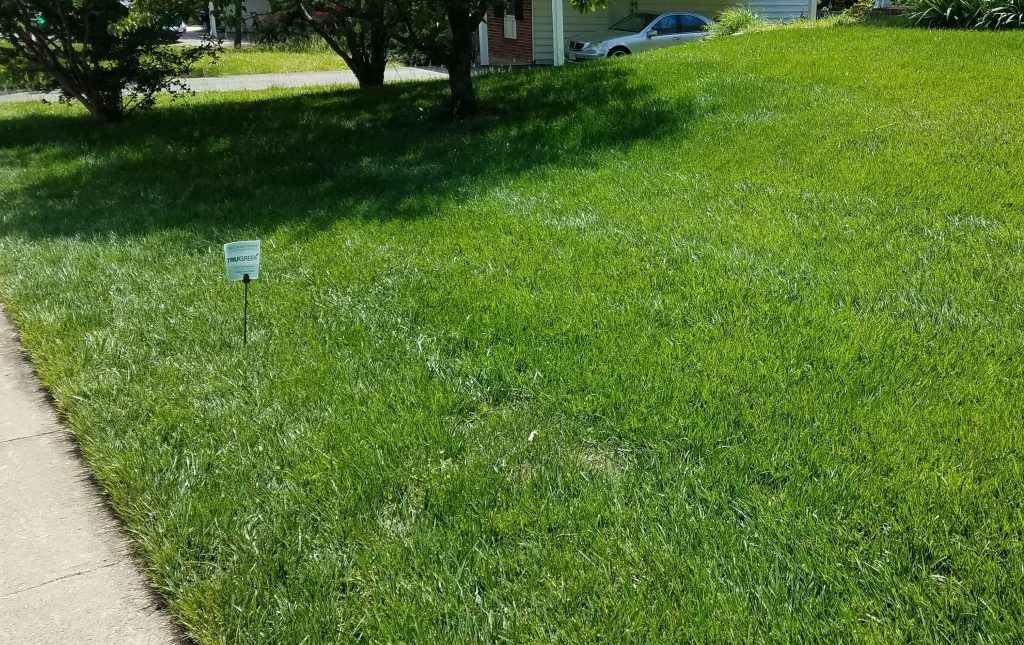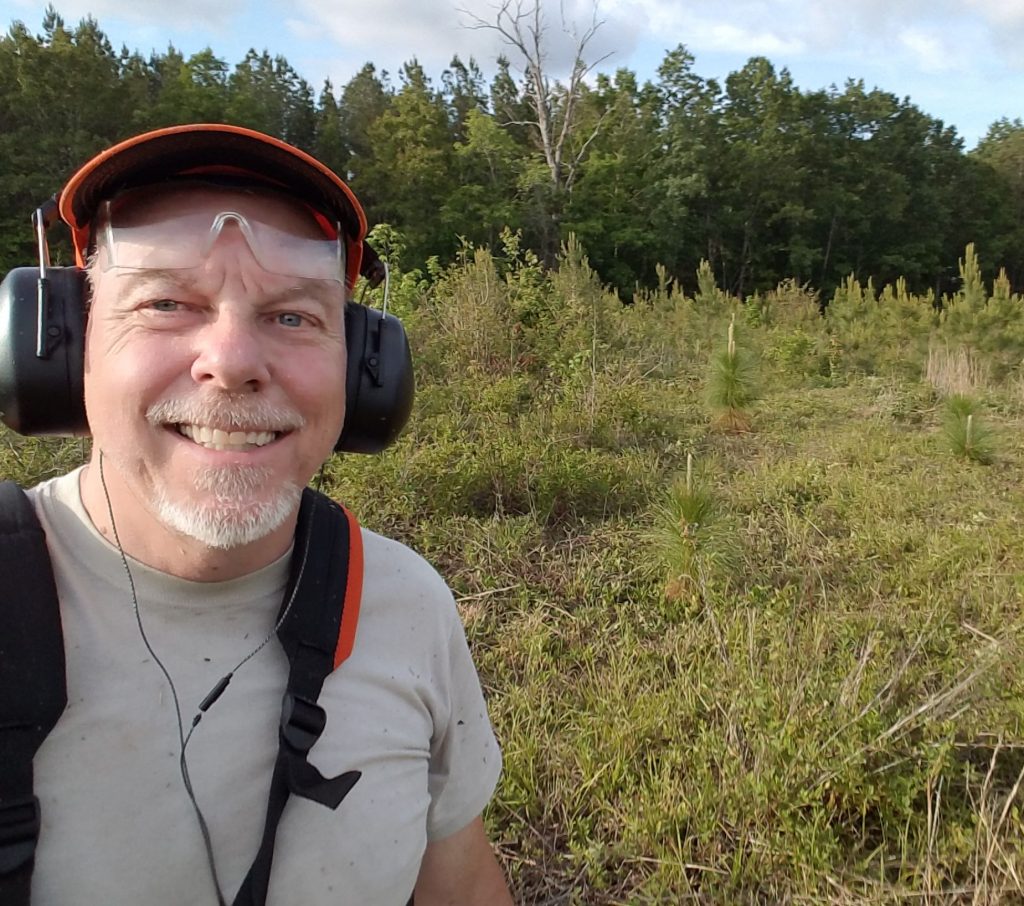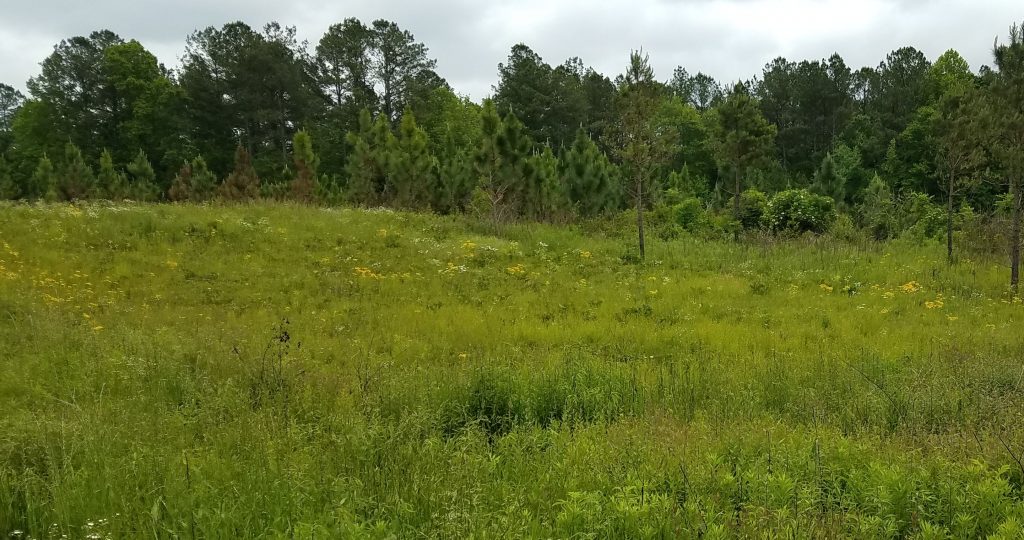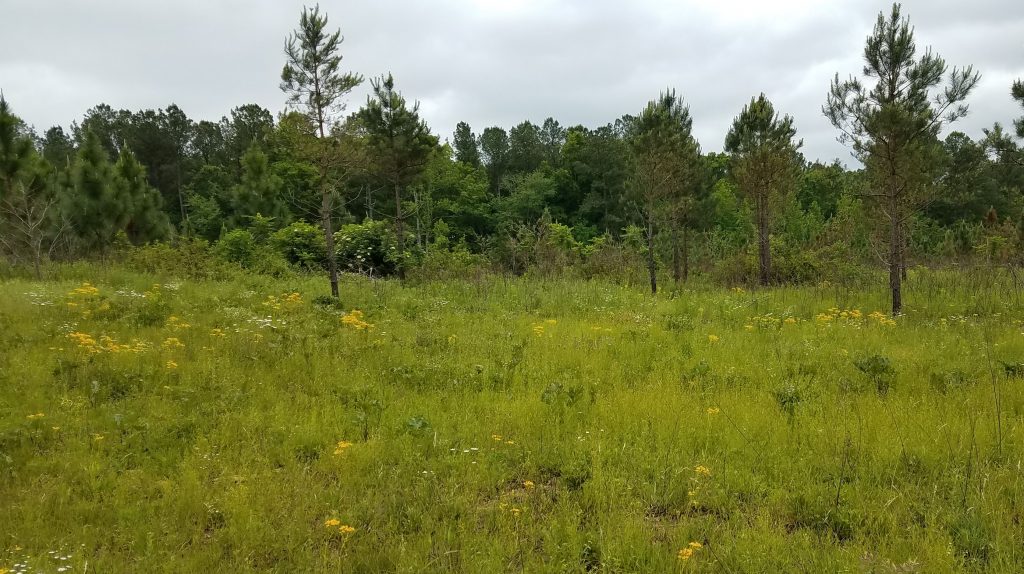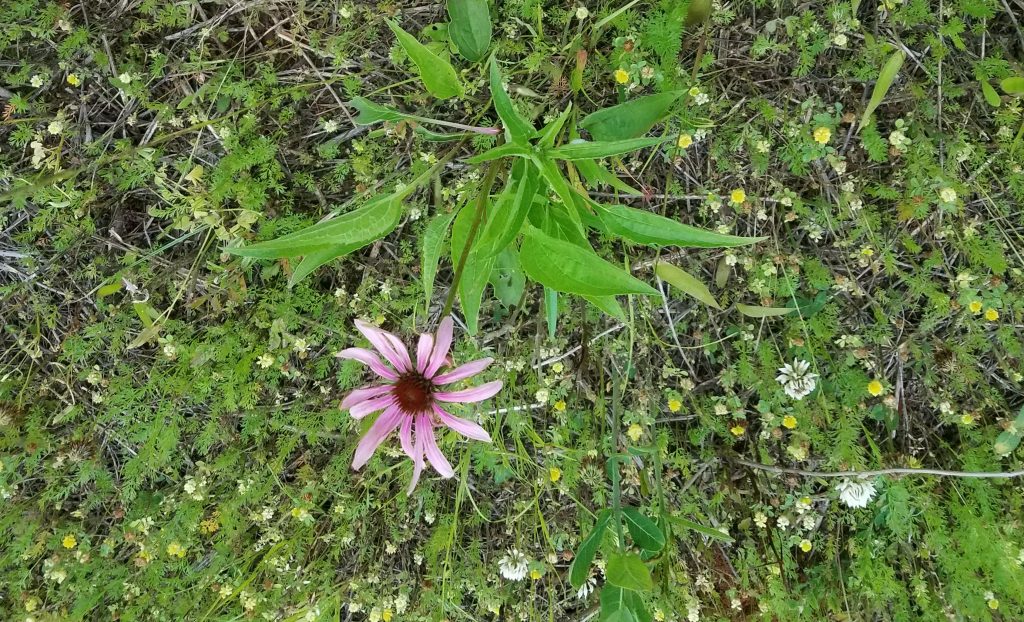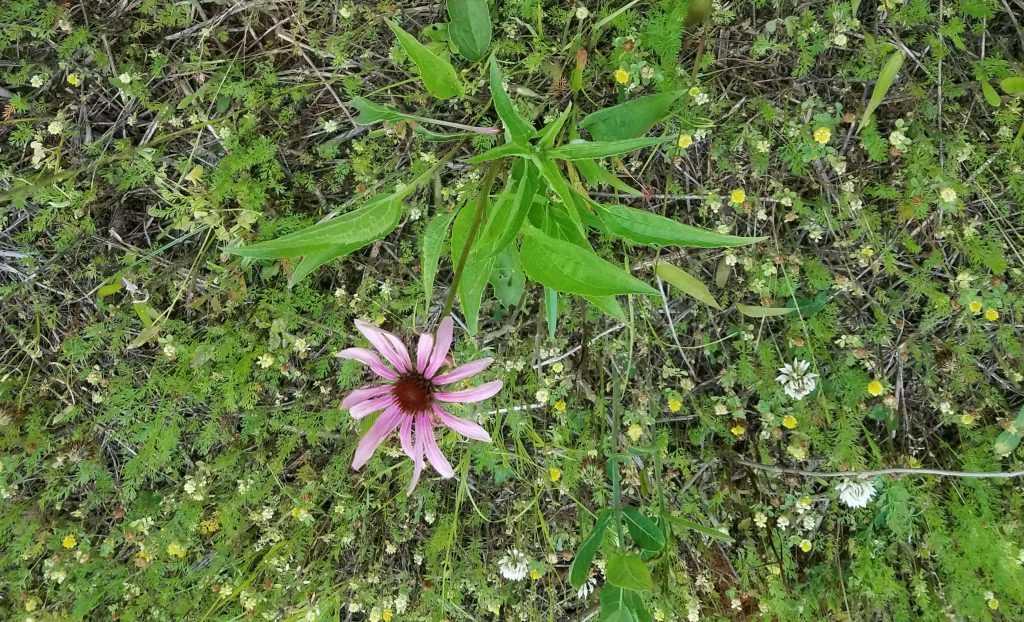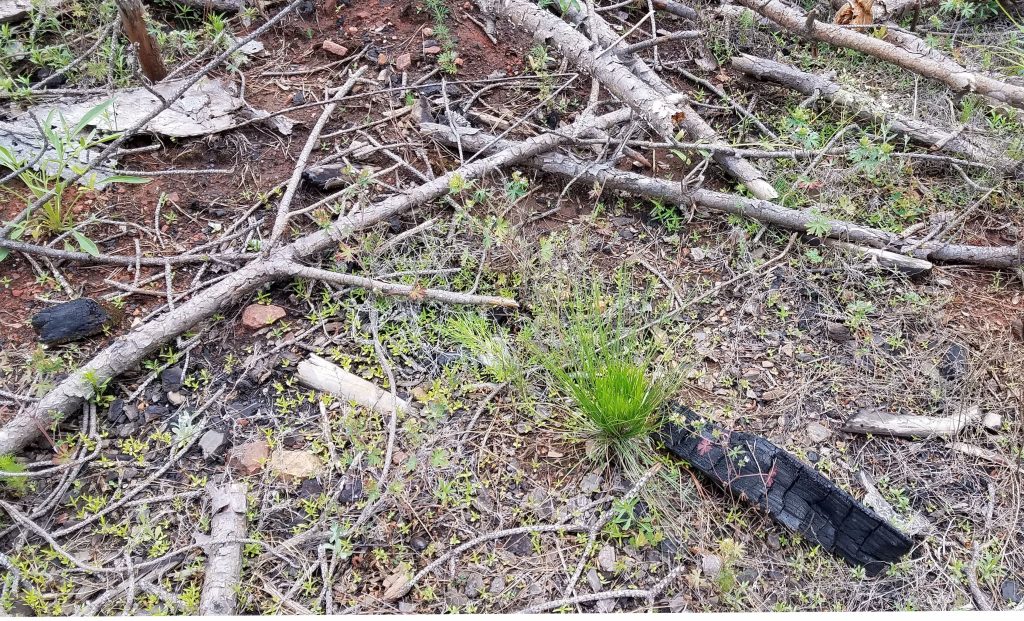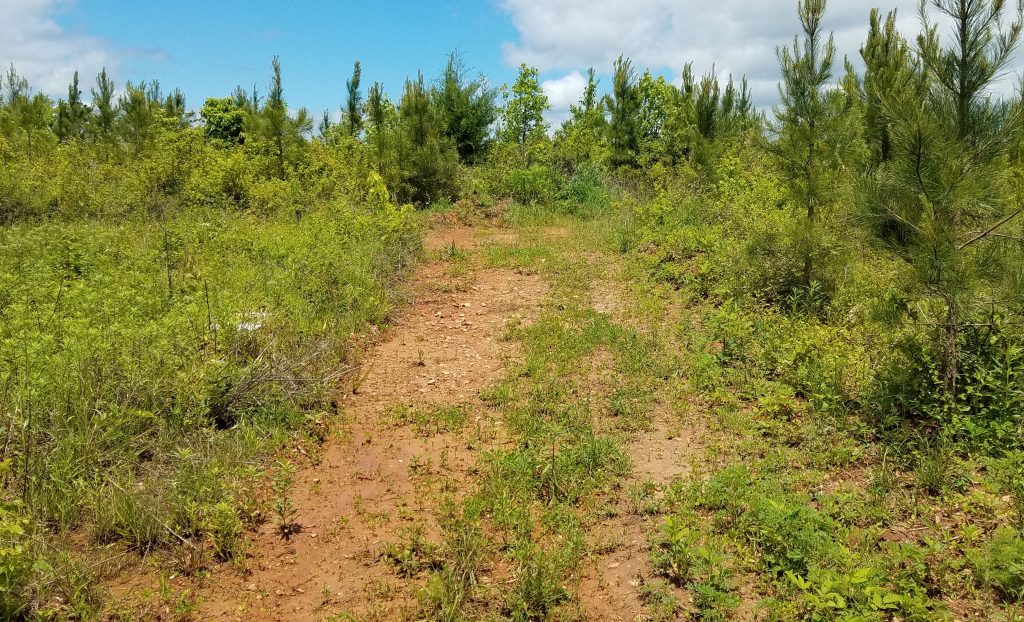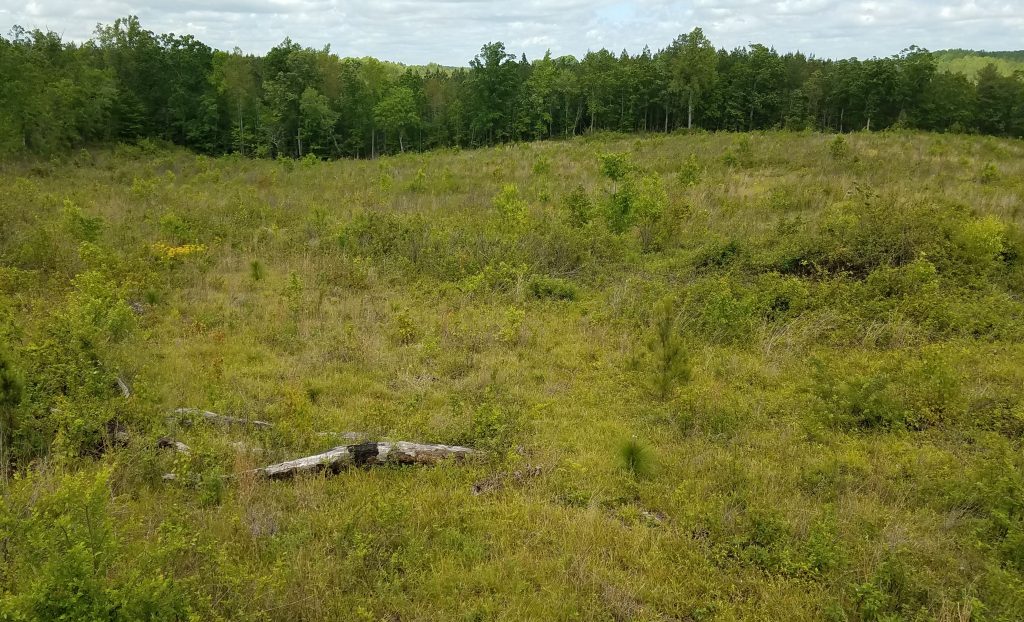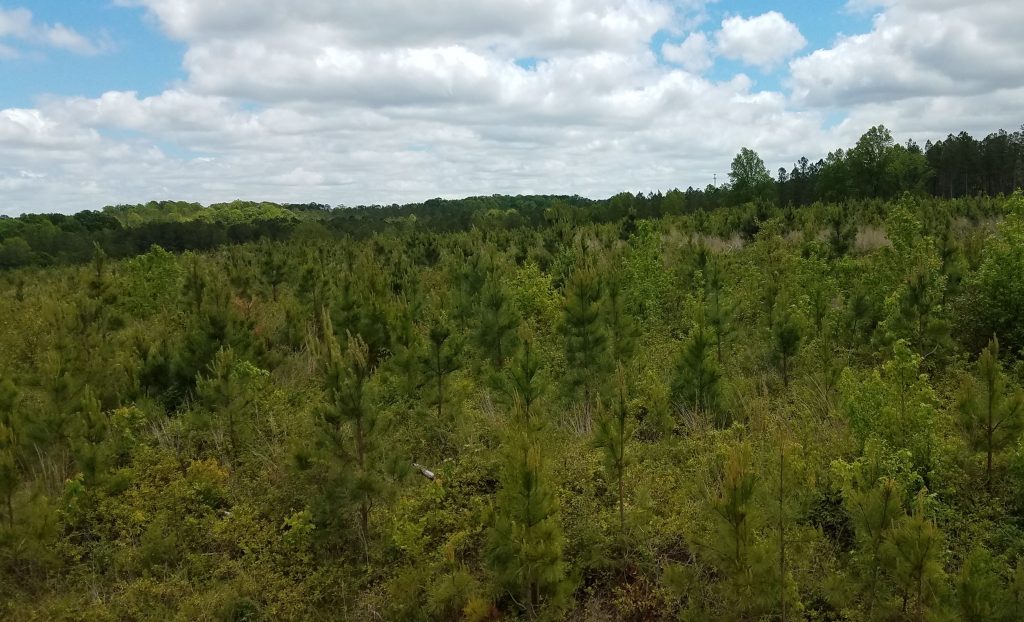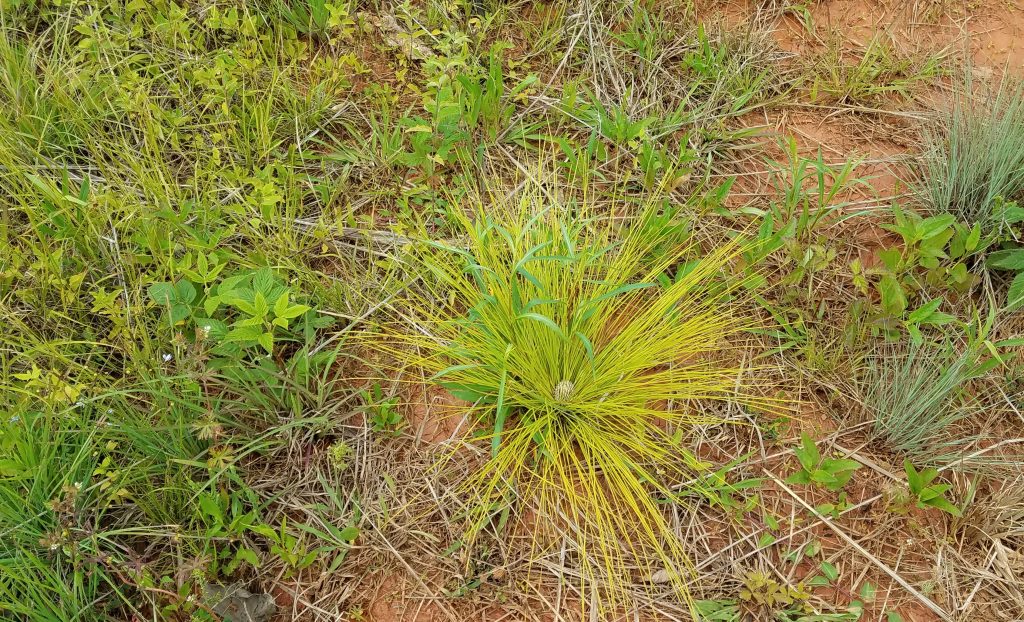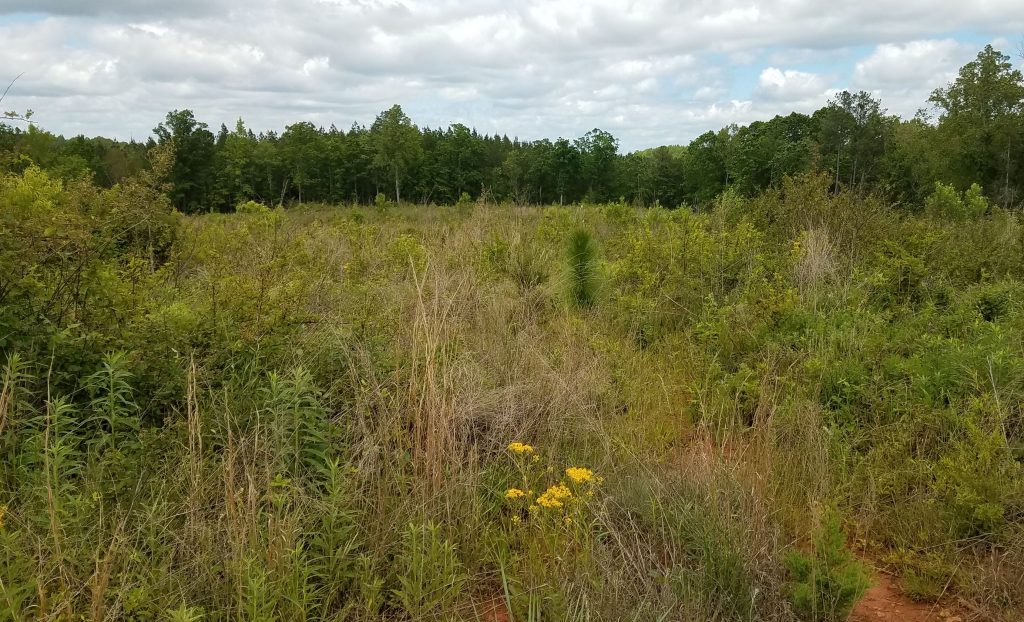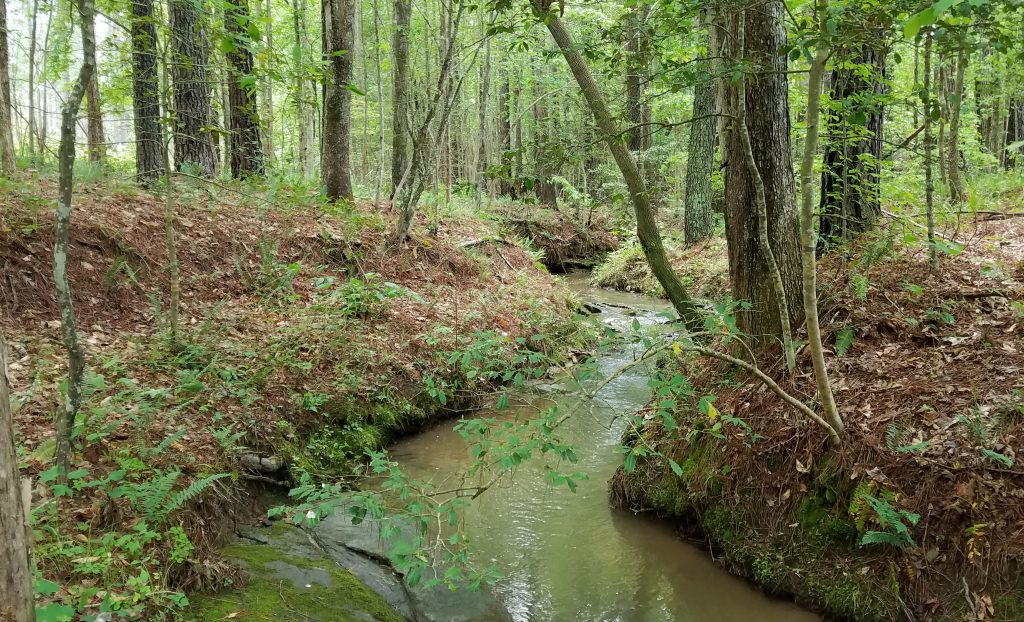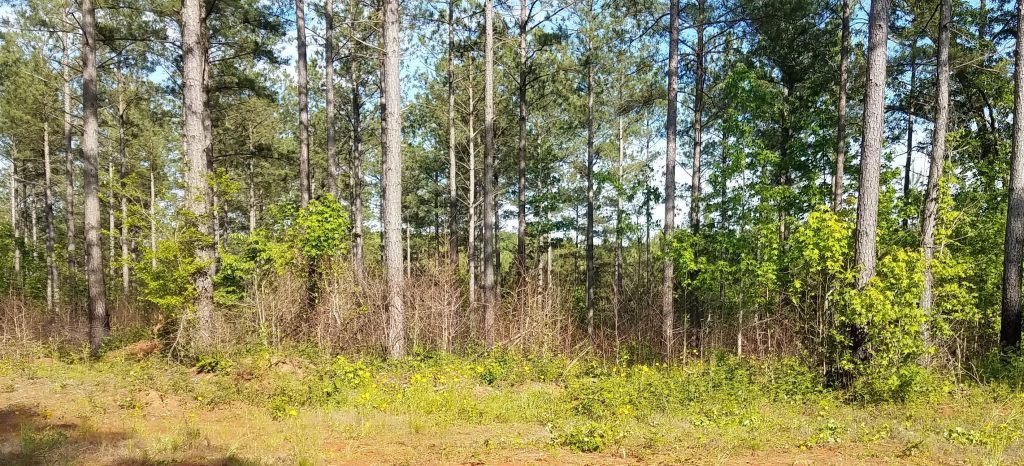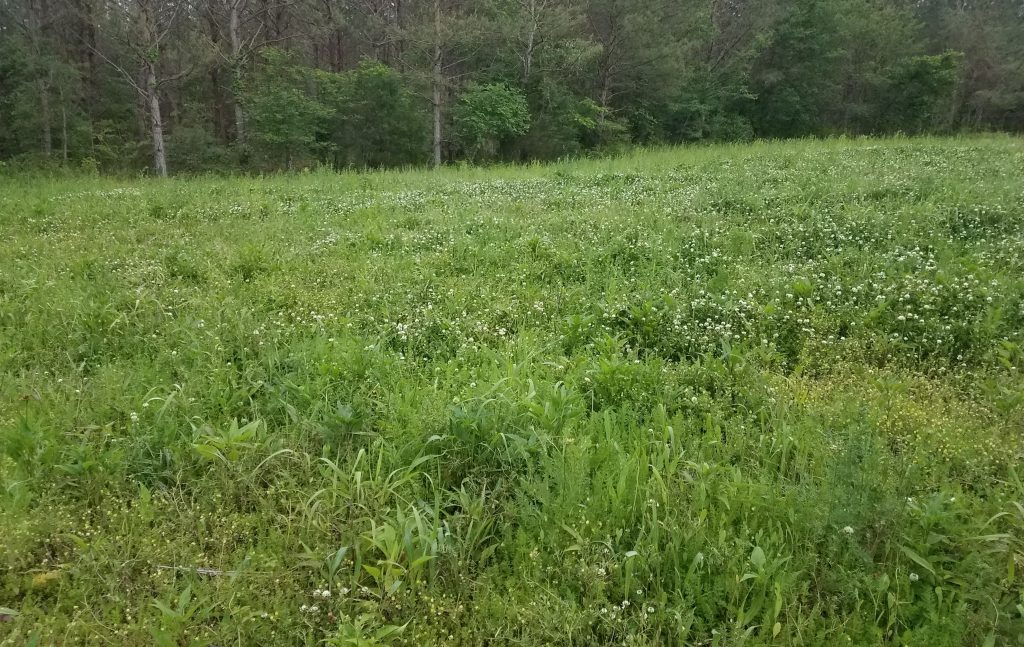2018 at this time at this link
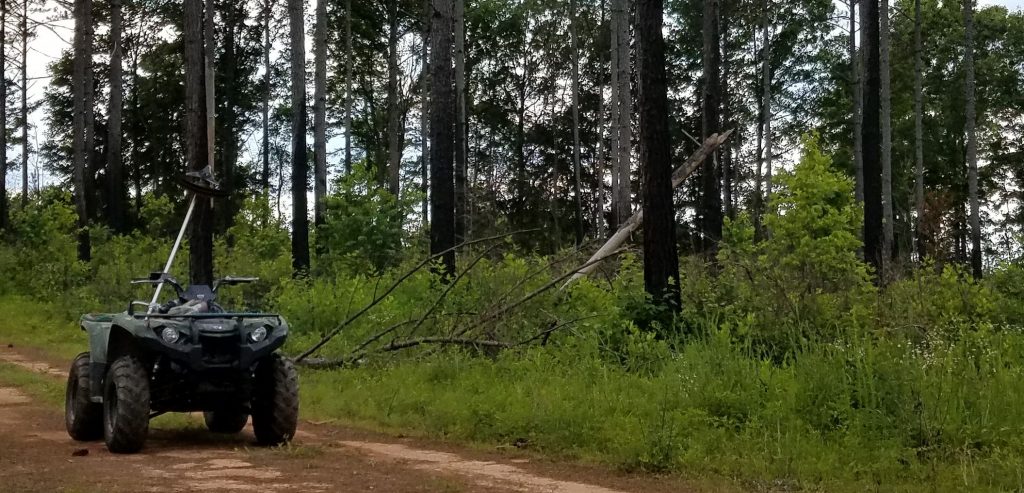
I feel much better now. I was feeling anxious, what with the covid-19, all the protests and the general political malaise. Then I recalled that I needed to separate the urgent (news, about which I can do nothing much) from the important.
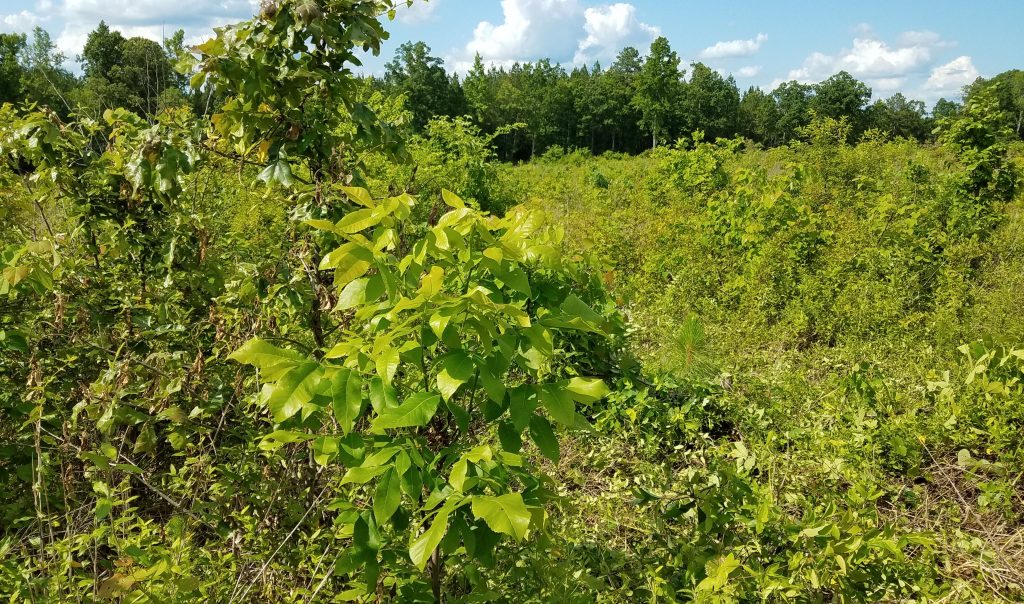
I spent a long day on the farms, enjoying a perfect June day and doing some useful work, while letting the rest of the world go by. I have been cutting around the longleaf and oaks. I believe if I did not do it this year, they would be badly compromises, maybe killed by the brambles. The brambles not only shade them out and compete for water. They also physically cut them to piece when the wind blows and the little trees hit the thorns.
My ATV was a good investment. It lets me get to parts of the farms I did not before, since I could not drive on the rutted paths and it was too far to schlep all my equipment and fuel. The ATV can get there. I am much less exhausted and I think it will help me work longer when I get even older.
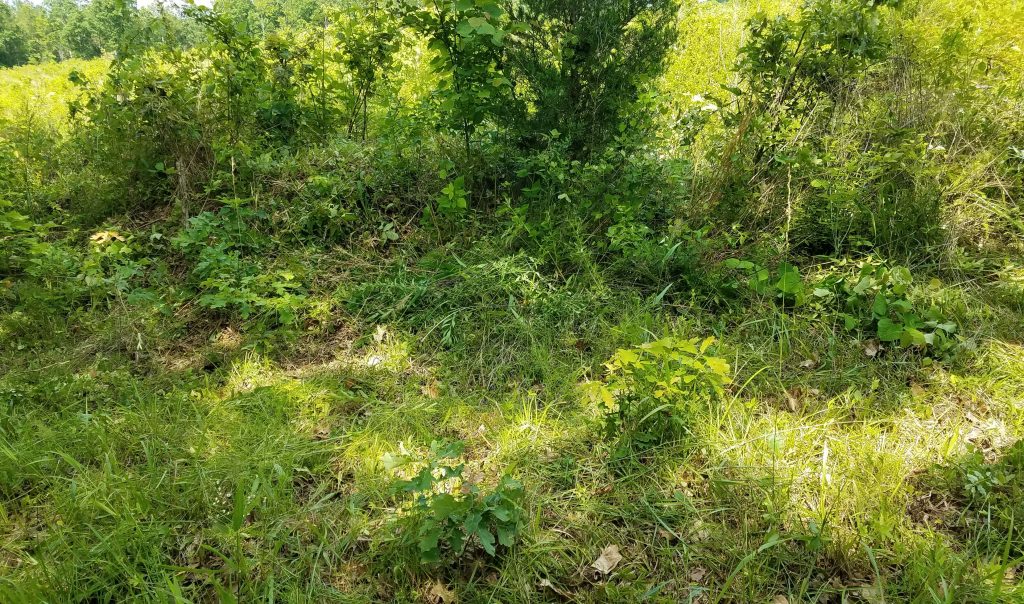
My first picture is my path between burning areas. Some local kids drive their ATVs on our land. They are well behaved and keep to the paths. I like to be a good neighbor and let them have fun. They also perform a useful task of keeping my paths from overgrowing.
Next is my ATV and cutter. I went through six tanks of gas with the cutter and finished an audio book, “The Dream Universe: How Fundamental Physics Lost its Way.” Most importantly I “found and freed” several dozen desirable trees. The ones in picture #3 are white oaks. They are natural regeneration, but I am helping them out. I also trimmed the brambles off lots of longleaf, and decided to add hickory (picture #4) to the “favored’ list. I found a bunch 6-8 feet high. I think they are pignut hickory, but I cannot say for sure. Look in back of the hickory and you can see one of the longleaf.
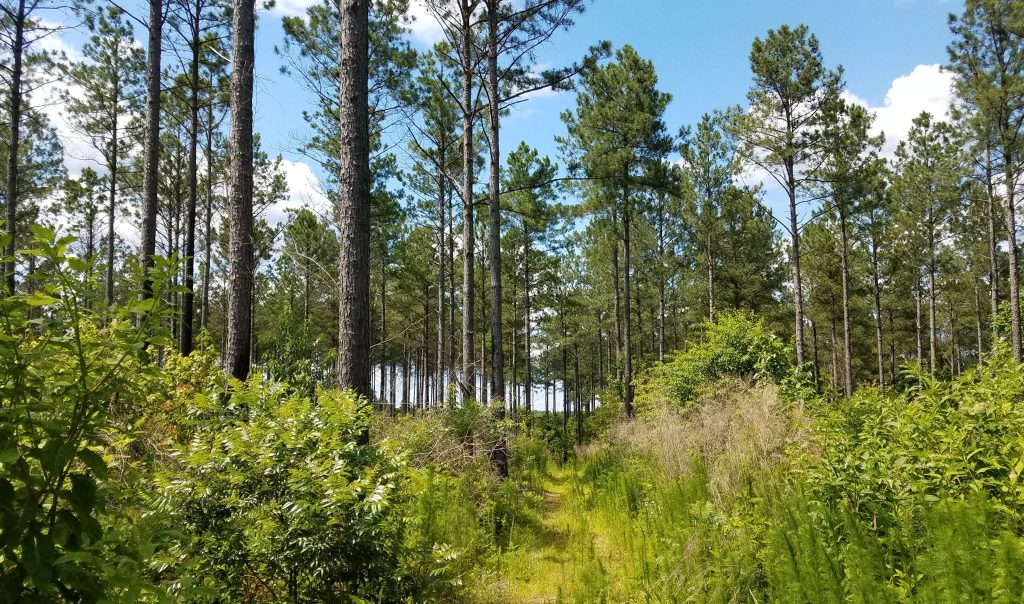
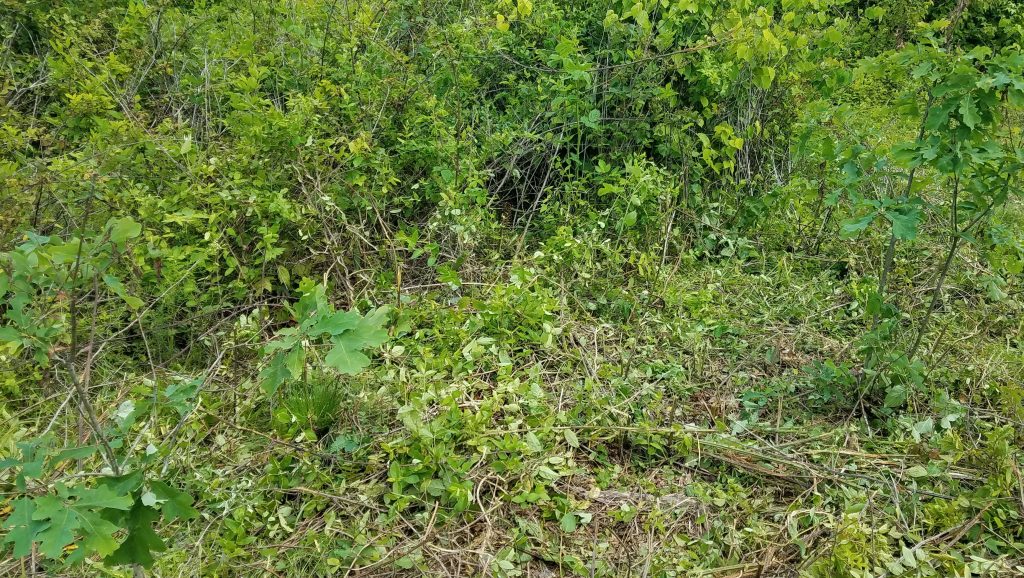
This part of our forest will be oak-hickory and pine (longleaf, loblolly and shortleaf.) It might be a little while before that develops, however.

